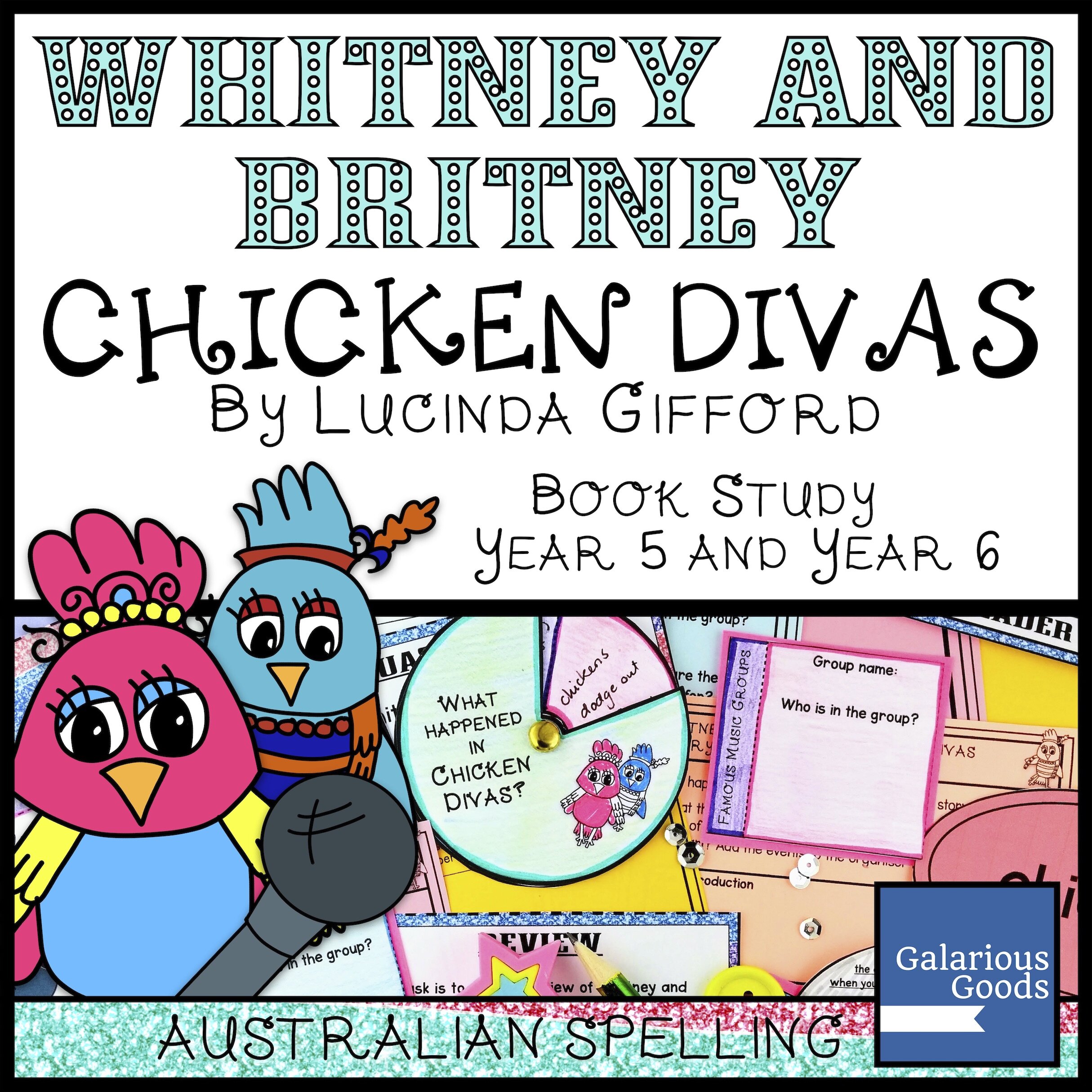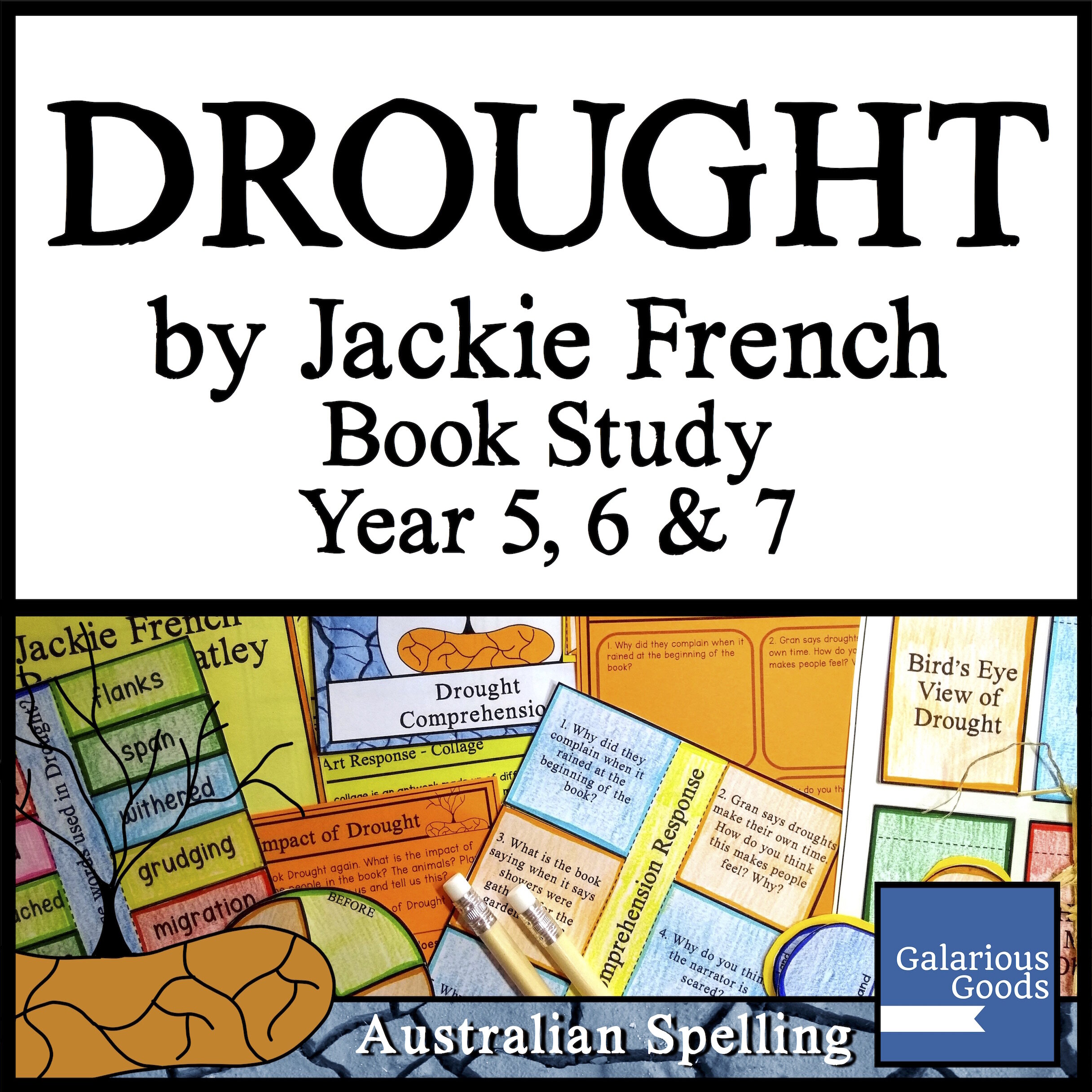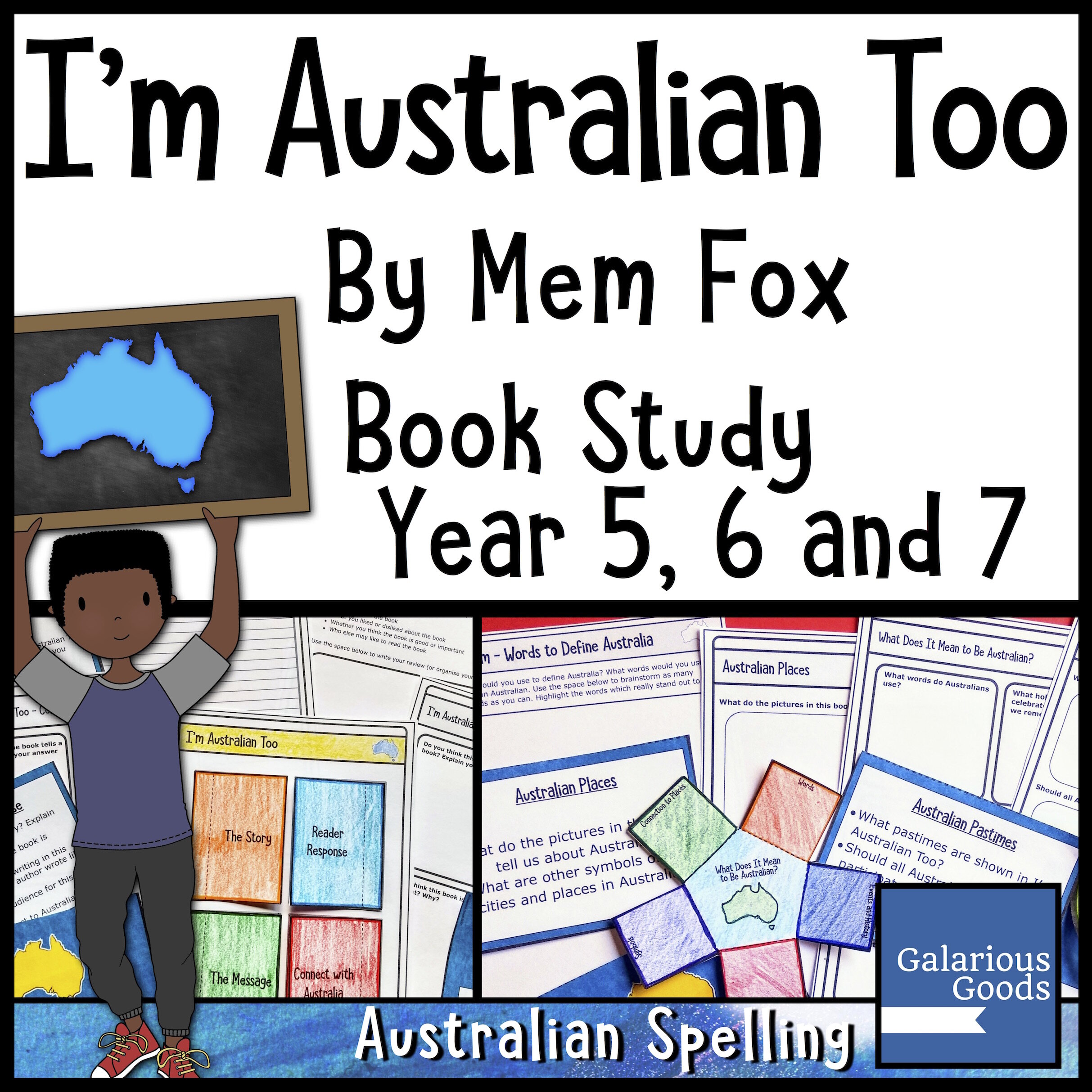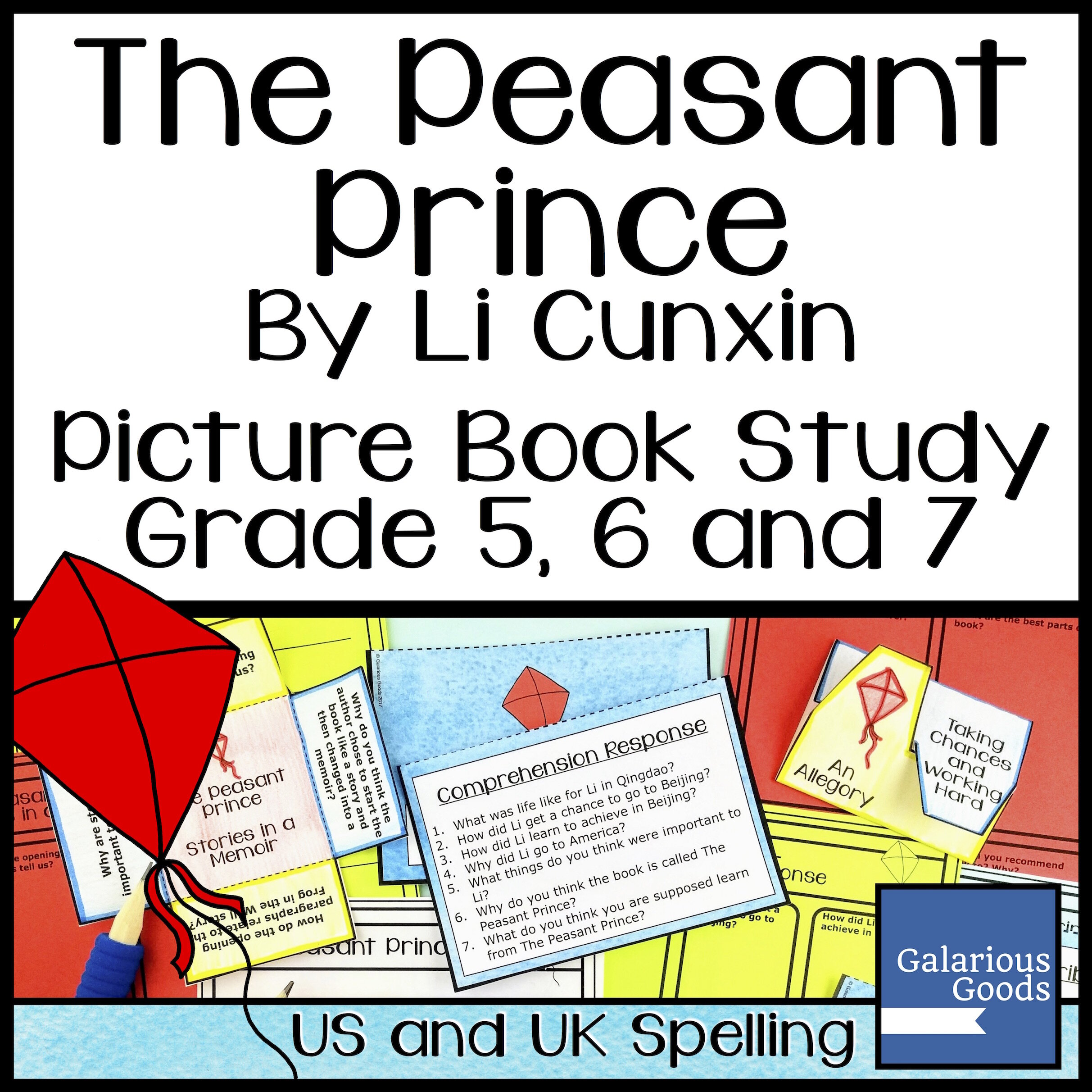Exploring Early Childhood Books in the Middle Grades
/So, you know that picture books are great for students to read, no matter what grade level they’re in. But there’s different types of picture books, and you wouldn’t use the ones aimed at early childhood with older readers, right? Right?
Well . . . not necessarily.
While you wouldn’t use some of the very simple picture books - like the ones aimed at babies and young toddlers which simply match a word and image - any early childhood picture book with more of a story can be used in the middle grades classrooms.
Here’s how you can do it.
The first thing you would want your older readers to do when they’re exploring a picture book aimed at preschoolers is to think about who the book is written for. Students will know that they are not the ideal audience, but this gives them some insight into the language and the pictures used in these books and allows them to start comparing them with other books aimed at a similar audience.
When students are thinking about the audience for a picture book, they are learning to assess the audience of other types of text - for example - who is that advertisement aimed at? Why does it make kids want to buy something and make adults shudder? Learning that authors use different styles for different audiences is important to know both as a reader and as a creator of texts.
Students might also question whether these books are really aimed at an early childhood audience alone. They might draw the connection with many kids movies and television shows which entertain (and sometimes teach) adults. Are these books just for young children, or can older children and adults learn from them as well?
Once students have assessed the audience of the book, they can start exploring the author’s intentions in writing the text. For example, Mem Fox’s Good Night, Sleep Tight introduces the reader to a range of nursery rhymes. Why has she chosen to do that? What does she want the audience to learn? Why has she put them into a story with characters rather than just editing a book of nursery rhymes?
Students can assess whether the author is aiming for the audience to learn something - many early childhood books are based around enhancing literacy or social and emotional skills - or whether they’re just written to entertain the audience (a lot of books about farts lean more towards entertainment).
Part of looking at the intention of the author is examining the word choice. Many early childhood books look like they’d be easy to write. Afterall, there’s not many words in them and the words aren’t very difficult. But when you hear the authors of these books talk about how they were written, you hear that they can spend serious time making sure that they’ve chosen the best possible words and that they’ve put them in the best order. Students can explore this by rearranging the words in the book to see how it changes the text or they can experiment with putting in their own words and seeing what happens.
When students have a really good understanding of picture books for younger students, they can be challenged to write their own early childhood picture books. From coming up with an idea for the book, to planning it out, to finding the best words and creating illustrations to go with them, this is a great activity for students to engage in to explore the challenges of picture books and looking at how picture book authors and illustrators meet them.

















